Cost of living: supermarket shoppers desperate as grocery prices soar
No steak, frozen and canned veggies with a side of discounted mince — here is what dinner time looks like in Australian households in the middle of a cost-of-living crisis... If they can afford to eat a meal at all.
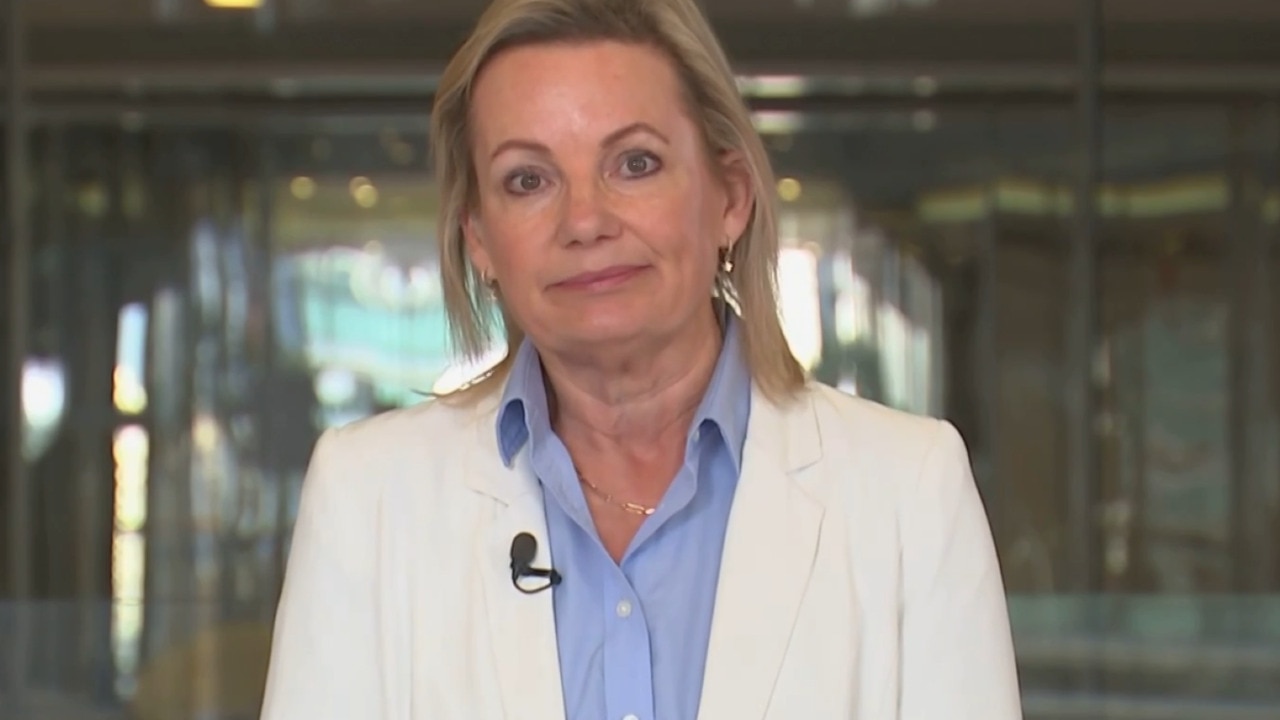
NSW
Don't miss out on the headlines from NSW. Followed categories will be added to My News.
Steak and fruit are out while canned and frozen vegetables dominate pantries across the country as Australians think of desperate ways to save on ballooning grocery bills.
News Corp Australia interviewed shoppers across Sydney about their groceries with several revealing they can no longer afford to eat fresh fruit, vegetables, or red meat.
Retirees were hit the hardest with many saying they have cut down their portion sizes and are eating fewer meals to survive.
Campbelltown couple Colin and Joy Smith, 78, have “cut back on eating” and scour the supermarket brochures every week for specials.
“We don’t have as many meals, as much meat. When we were younger lamb shanks were cheap to buy, now they are $7 a kilo,” Mr Smith said.
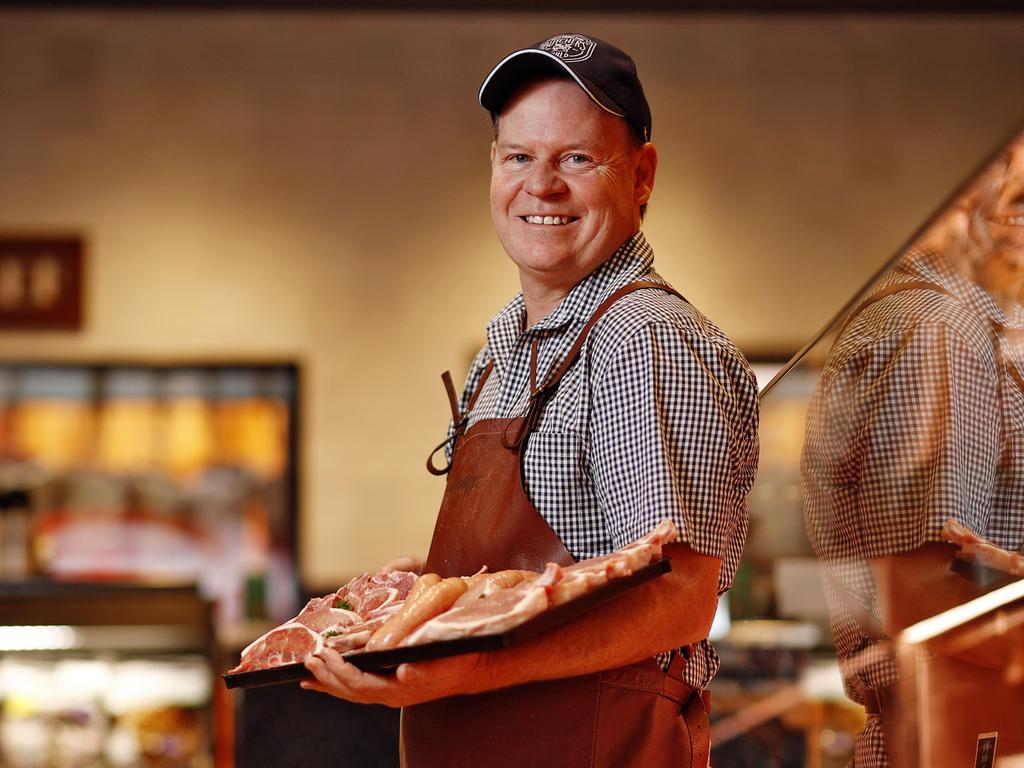
Blacktown resident John Derksen, 81, said he prioritises home brand items but even the cheapest buys now seem out of reach.
“All meats have gone up, we just got some sausages, and they went up another $5, even home brand is going up.”
Daughter Alice Derksen, 58, added: “We don’t have steak anymore unless they have something on special.”
The trends are also reflected in sales at Coles and Woolworths where supermarket-branded items are flying off the shelves.

In Coles, home brand sales grew by more than 11 per cent in the first quarter of 2023, with oil, pasta and rice being the most popular categories where families are skipping the splurge.
At Woolworths, the brand’s pantry and chilled dairy items went up a massive 20 per cent in sales.
Consumers are also swapping red meat for white when buying from the supermarket and the trend was felt most when it came to buying beef or pork.
But at butchers, shoppers are still sticking to their favourite choice of meat opting instead for a smaller size to make it fit their tighter budgets.
“They still want meat, but they are cutting portion sizes down. So, if you got a piece of a scotch fillet that was 300g, now you are going 180g and still fitting it into your budget,” Tender Gourmet Butchery owner Adam Stratton said.
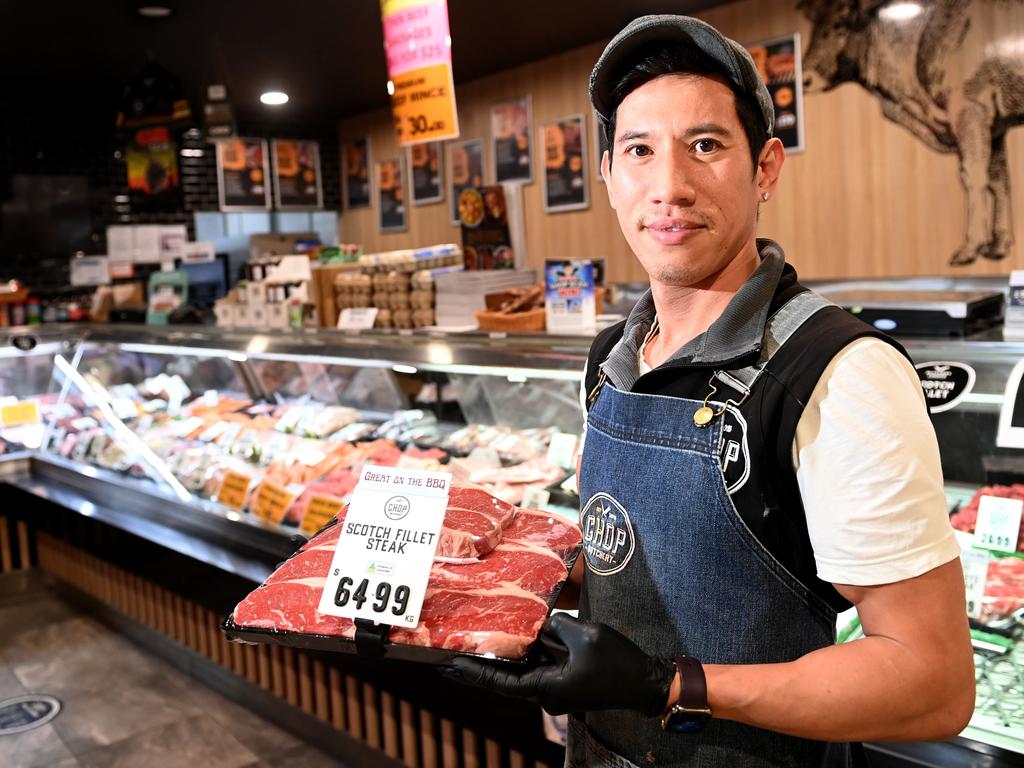
Mince and sausage sales have gone through the roof with Australians increasingly choosing the versatile meat cuts when heading to the butcher.
Tony Theng, store manager at Chop Butchery in Penrith, said shoppers are prioritising pre-made items and bulk-buying.
“People are now looking for bargains like a bulk buy. They are keeping an eye on the specials and whether it is cheaper to buy more and freeze it,” he said.
Specials were also popular at Strathfield Veggie Shed where owner Vivek Pradhan said shoppers were choosing cheaper Asian greens and discounted produce while skipping fruit.
“People are mostly buying vegetables. Normally potatoes are cheap, normally $2 a kilo, now they are $4 a kilo … so instead of that they get cauliflower or broccoli,” he said.
“I do weekly specials and people are wanting that more than normal.”

Penrith mum-of-two Monica Seecy, 24, has started bulk buying meat and vegetables and freezing them to save on her weekly shop.
“I just try to bulk buy and utilise the freezer and use frozen veggies. I buy quick sales on meats and then freeze them and use them straight away,” she said.
“We use seasonal fruit and veggies, I won’t buy berries unless they are in season. My son likes blueberries but I have gotten him into grapes which are $3 a kilo instead of $30 a kilo.”
But while everyone is feeling the pinch of rising costs, not all consumers are cutting back.
Quakers Hill resident Louis Micallef, 78, is sticking to his usual shop despite it costing $240.
“You can’t eat the money so we won’t go without but it does cost more. I’m 78, you can’t eat all your money.”
Strathfield delivery driver Muneeb Hassan, 20, had a similar philosophy: “It’s expensive but I don’t buy cheap things, I’m not comfortable with that.”
THE GROCERY ITEMS WHERE PRICES KEEP GOING UP
Battlers working to the tightest of budgets are being bludgeoned on basic groceries – including bread.
The finding has emerged from exclusive analysis revealing what’s really going on with supermarket prices.
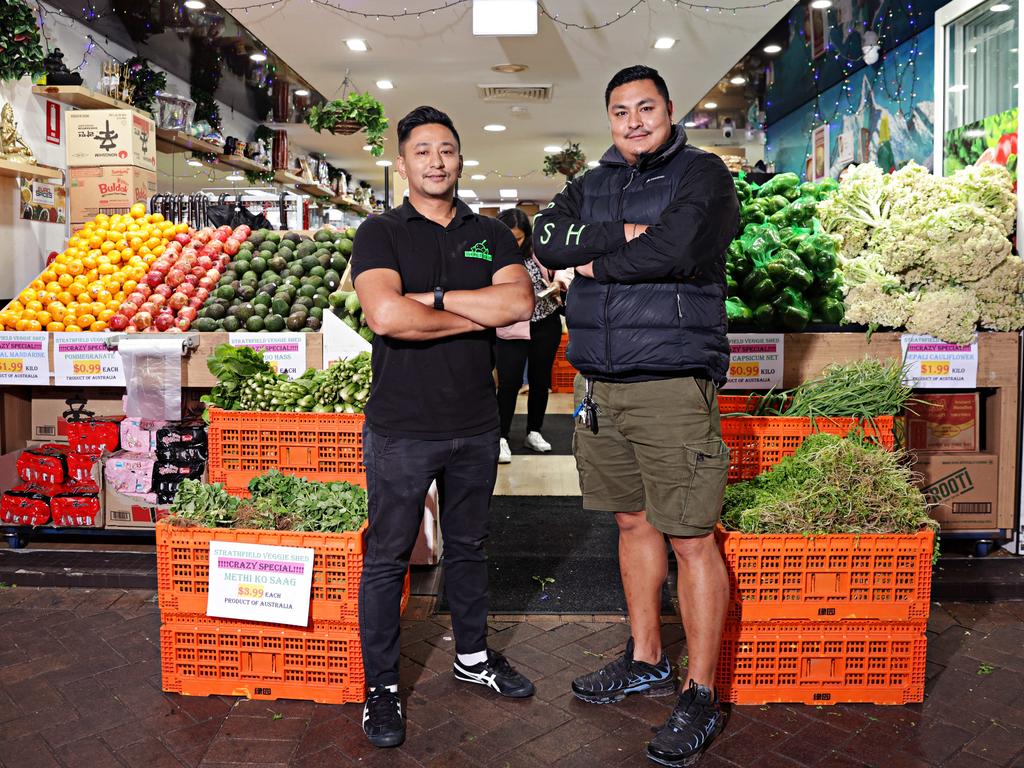
The audit by News Corp Australia shows a loaf of the least expensive white bread is 54 to 71 per cent dearer than a year ago, depending on the chain.
The biggest increase was $1, from $1.40 to $2.40. That might not sound like much, but over a year the cost of buying two loaves a week – as many families do – rises by $100.
Australian wheat prices started 2023 about 55 per cent higher than two years earlier. They have fallen since, giving cause for hope that bread costs may ease soon too.
People trying to keep their outlays to an absolute minimum also face paying 30 to 40 per cent more for the cheapest canned tuna than at this time in 2022, while there’s been a 50-60 per cent rise in canned tomatoes.
And handwash is about 60 per cent pricier.
But it’s not all bad news. Many fresh vegetables are much better value as supply normalises following last year’s floods.
Also, the price of some pantry staples – such as flour, sugar and coffee – have been held steady by some supermarkets.
Overall, the pace of price increases is moderating, the study reveals.
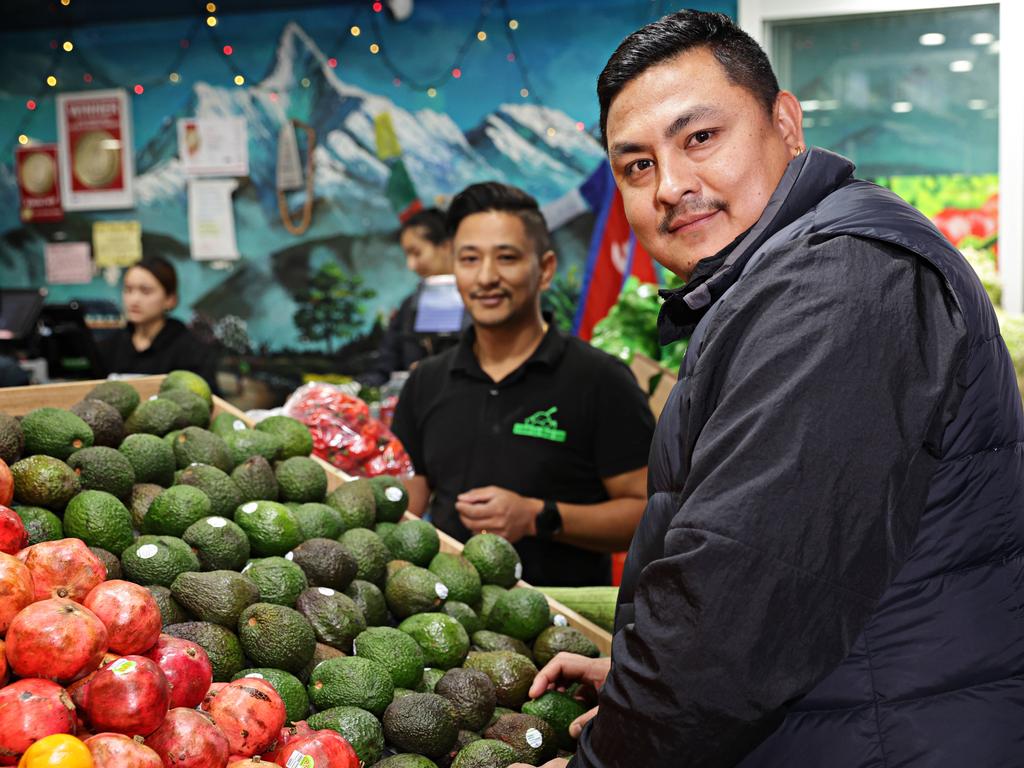
Most of the nine baskets monitored are now 5-6 per cent more expensive than a year ago.
That is about half the speed at which prices increased in the 12 months before that.
These results mean the typical family’s annual grocery bill is about $1800 more than it was in 2020-21, following a $1200 increase then a further $600 jump in 2022-23.
The Telegraph’s latest results are conservative compared to a grocery price index compiled by Frugl, which found supermarket inflation was running at more than 7.5 per cent in the year to the end of March.
A Woolworths spokesman said it was seeing “strong growth” in demand for its least expensive range, called Essentials, as consumers attempt to ease the squeeze on their finances.
“We‘ve also seen a pronounced switch to affordable options in drinks as well as household care, baby needs and dairy items such as milk, cream and butter,” the spokesman said.
A Coles spokeswoman said there was price deflation in key fresh lines including lettuce, cucumbers, and carrots, as well as in meat.
The spokeswoman said customers were switching out of beef and into pork.
An Aldi spokeswoman said its existing customers were shopping with them more frequently, plus it was attracting new users.
An IGA spokesman said its prices were “more competitive than ever”.
The Telegraph’s grocery comparison also found evidence of shrinkflation, with the size of a popular strawberry jam cut by 25 per cent. But the cost is only seven per cent lower than a year ago.
By volume, it is in fact 24 per cent dearer than this time in 2022.
More Coverage
Originally published as Cost of living: supermarket shoppers desperate as grocery prices soar








